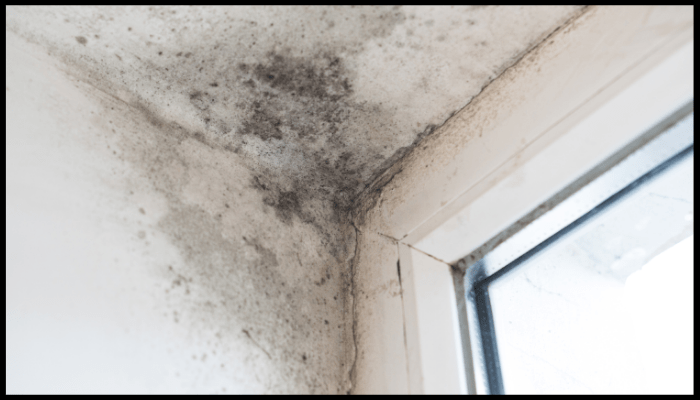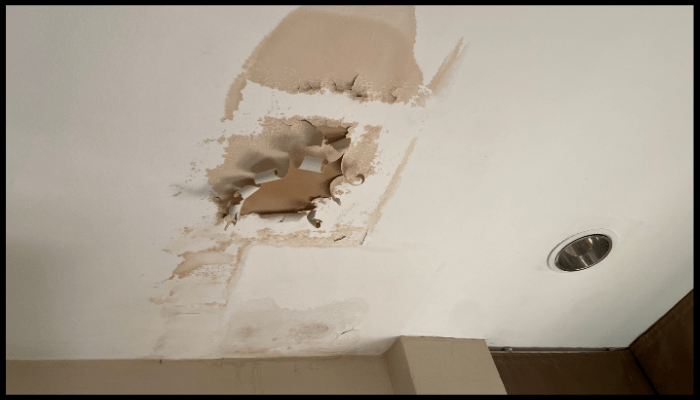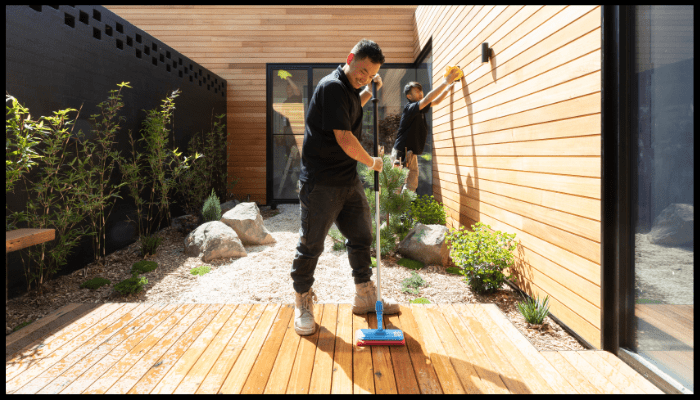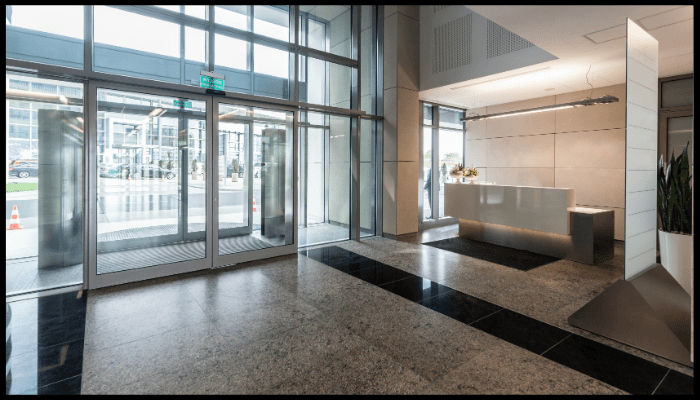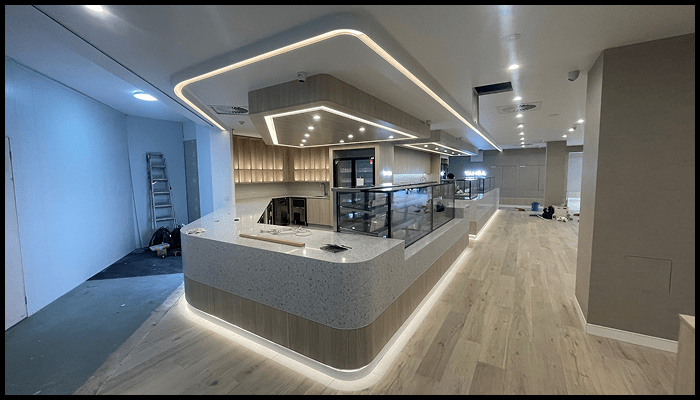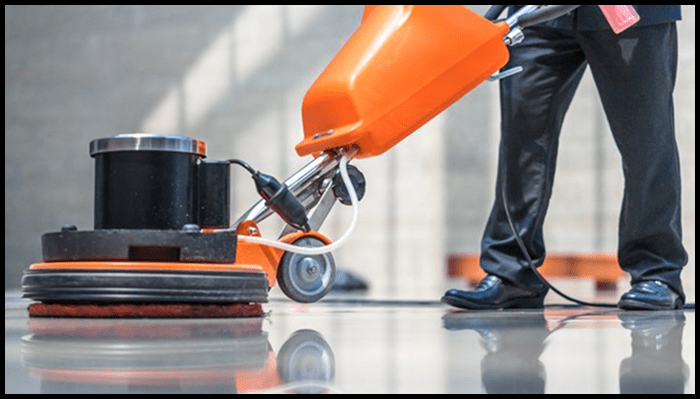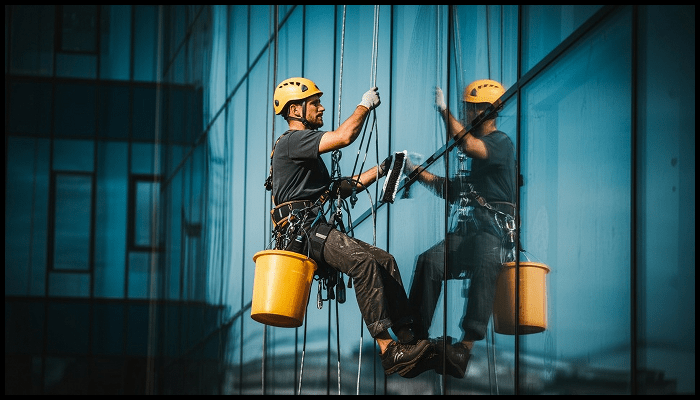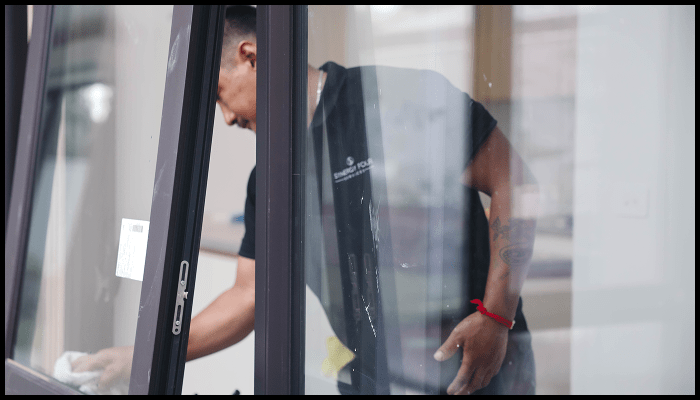Fire Damage Restoration Process
Understanding the Fire Damage Restoration Process:
A Step-by-Step Guide
Table of Contents:
- First Step: The Initial Assessment of Fire-Damaged Property
- Debris Removal: Clearing Out the Damaged Areas
- Smoke Removal: Eliminating Odours and Residues
- Water Extraction and Drying: Addressing Water Damage Restoration
- Structural Repairs and Fire Damage Repair
- Thorough Cleaning and Final Touches
- The Final Step: Navigating Insurance Claims
- Fire Prevention Tips for Homeowners
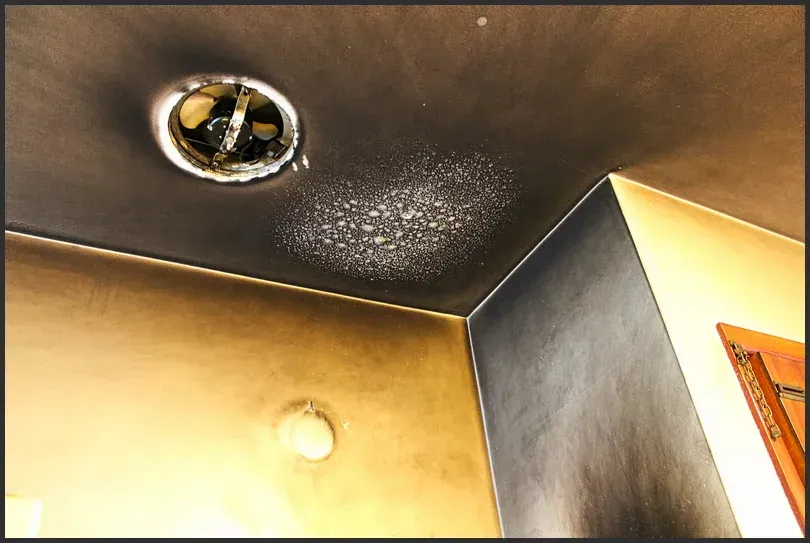
A house fire is one of the most devastating and without a doubt stressful experiences a homeowner can face in their lifetime.
Fires can easily tear through properties, causing extensive damage to the structure, the interior and you beloved personal belongings.
Most of the time, restoration efforts can't be made without skilled professionals.
This is lasting damage that demands fire restoration professionals to bring your home back to its original condition.
At
Synergy Four Services, we've been in this situation 100 times before.
We know exactly how completely overwhelming the aftermath of a house fire can be, and that's why we've put together this comprehensive guide for property owners.
Use it to help you better understand the crucial steps that are involved in the fire restoration process.
Whether you're dealing with a house fire or perhaps a commercial property, this is the fire recovery process guide you need to work towards your property's pre-fire condition with peace of mind.
1. First Step: The Initial Assessment of Fire-Damaged Property
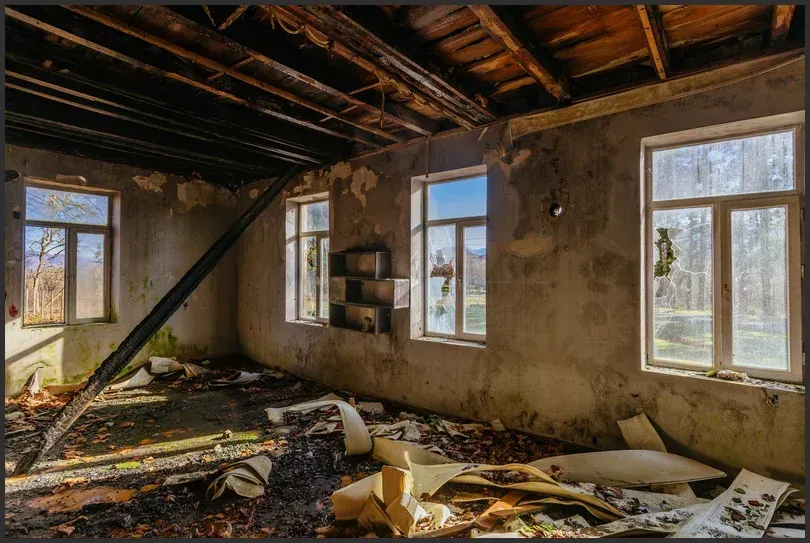
Before you can go through and start work on the fire restoration process, the first step is always
assessing structural damage after a fire.
That is, a professional restoration company will inspect your home to determine:
- Which affected areas have suffered the most damage
- Whether there's key structural damage making the home unsafe
- How much soot removal,
smoke damage restoration, odour removal and fire damage repair will actually be needed.
Although your local fire department may have already inspected your property for safety, this is only the first hurdle.
You need a restoration expert to go deeper.
That is, checking for hidden damage and starting to action a plan for the restoration of your property.
Plus, they'll make your life a little easier by helping to document the damage for your insurance company, making the usual headache of filing insurance claims more straightforward.
2. Debris Removal: Clearing Out the Damaged Areas
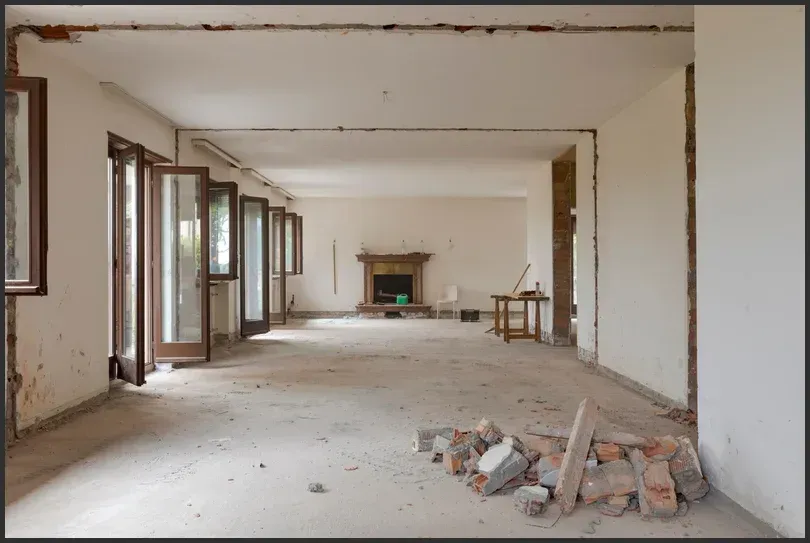
Once the
initial assessment is done, the next step is debris removal.
This involves clearing out fire-damaged property and disposing of hazardous materials.
A professional restoration team will:
- Remove charred materials, flammable materials, and damaged belongings.
- Inspect structural elements such as walls, floors, and ceilings for safety.
- Make sure the extent of fire damage does not lead to further deterioration.
Swift action and a quick response are crucial at this stage to prevent lingering health risks from smoke and ash; and prolong the safety and security of your property for the future.
3. Smoke Removal: Eliminating Odours and Residues
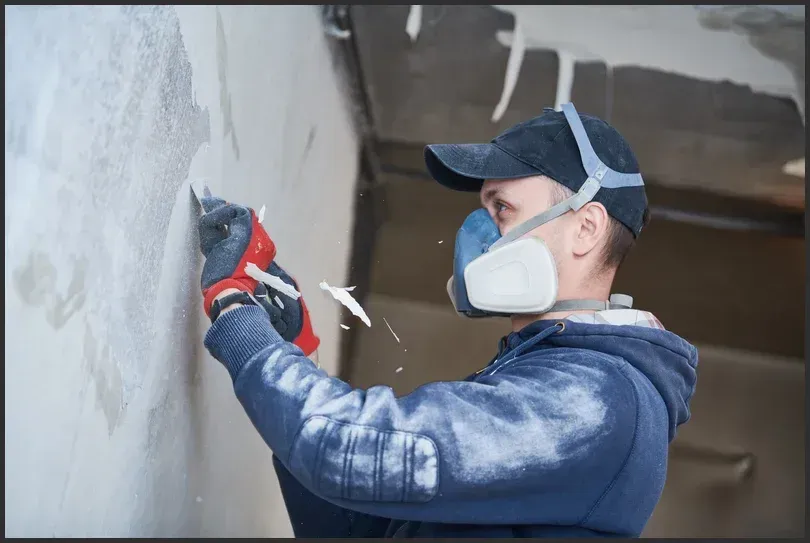
Although the flames have been extinguished and the fire is long-gone, the effects of the fire often linger.
In fact, smoke residue, soot damage and odours in general often persist for weeks post-fire. They can cling to surfaces and start to affect the indoor air quality.
To remove soot and perform odour removal, restoration specialists use specialised equipment, including:
- Air scrubbers to filter smoke particles from the air.
- Thermal fogging and ozone treatments to neutralise odours.
- Advanced equipment for deep cleaning carpets, walls, and ceilings.
Proper soot, smoke and odour removal should be a non-neogtiable for your property.
These residuals harness harmful chemicals that can seriously cause health risks when inhaled.
4. Water Extraction and Drying: Addressing Water Damage Restoration
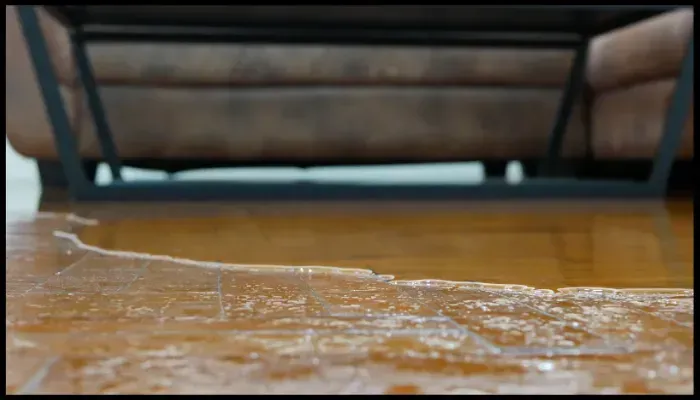
The sweet relief of litres of water battling your house fire is quickly cut short when you realise that such a large quantity of water causes real damage.
Failing to act quickly and letting the water settle is the playground for mould to grow, and structural damage to appear.
Learn more about
preventing mould growth after water damage.
Water removal generally involves:
- Extracting excess water using air movers and industrial vacuums.
- Drying damaged areas with HVAC systems and dehumidifiers.
- Taking measures to prevent further damage to flooring, walls, and furniture.
This crucial step guarantees your home doesn't suffer the long-term problems associated with moisture in the home.
5. Structural Repairs and Fire Damage Repair
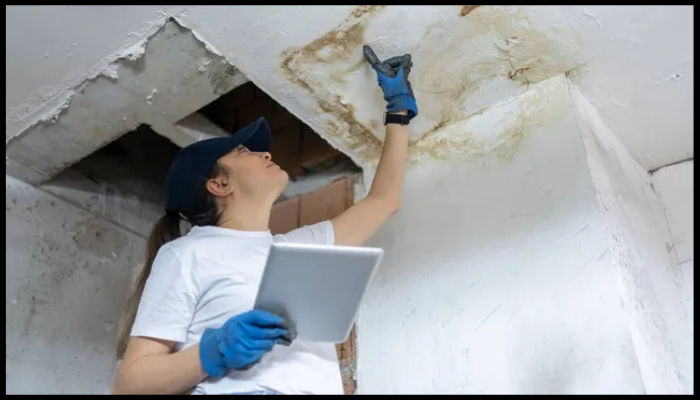
Once the property is dry,
fire damage restoration moves into the structural repair phase.
This typically involves going in and fixing fire-damaged property, restoring it to its original state. Restoration specialists will:
- Repair structural elements such as beams, flooring, and roofing.
- Do minor repairs and replace any unsalvageable structural materials.
- Reinforce the structural integrity of the property for future-proofing.
Depending on the extent of the damage, this stage can take quite a long time. But, it's absolutely essential to make sure your property is 100% safe.
6. Thorough Cleaning and Final Touches
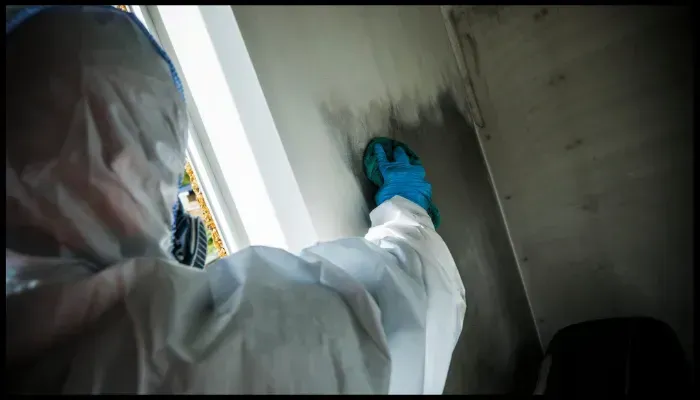
The final stage of fire damage restoration involves deep cleaning to remove any last traces of smoke and soot.
This includes:
- Thorough cleaning of walls, ceilings, and fixtures.
- Restoring personal belongings such as furniture, clothing, and documents.
- Disinfecting surfaces to
improve indoor air quality.
By leveraging professional restoration experts, you'll get access to specialised equipment like HVAC systems that are powerful enough to make sure your air ducts are completely free of contaminants.
7. The Final Step: Navigating Insurance Claims

No one enjoys the hassle of insurance claims.
They can be overwhelming to say the least. A profession restoration company, though, can help you with the paperwork. To make the process smoother:
- Contact your insurance agent immediately.
- Provide a detailed list of damaged areas and lost belongings.
- Work with restoration specialists to get accurate repair estimates.
Having an experienced team on your side can speed up your recovery process and ensure you receive the compensation you need and deserve.
8. Fire Prevention Tips for Homeowners
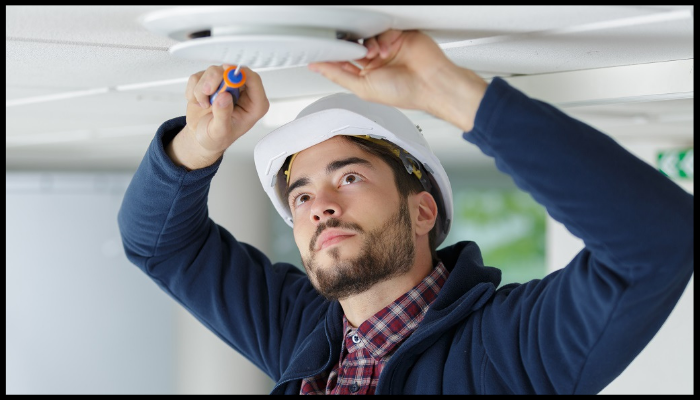
It's much easier preventing fires than cleaning up after them.
Saying that, it's always the right time to
practice fire prevention habits and precautions. Here are a few tips to keep you and your people safe:
- Install smoke detectors in key areas of your home.
- Keep fire extinguishers in the kitchen and near heat sources.
- Schedule regular electrical inspections to identify flammable materials.
- Follow
safety guidelines from the National Fire Protection Association.
These essential steps can help reduce the risk of another home disaster.
Conclusion: Why Restoration Experts Make a Difference
We won't lie.
The fire damage restoration process is a complex process, but having a professional restoration team by your side makes all the difference in restoring your home safely and efficiently.
If you need expert help with fire damage repair,
contact Synergy Four Services today.
We'll guide you through every step, from damage assessment to the final step of rebuilding your home.
Frequently Asked Questions (FAQs)
How long does the fire damage restoration process take?
The exact timeframe will depend on the extent of damage. Minor repairs can take a few days, whereas more extensive damage might call for weeks or months of restoration work.
Can I stay in my home during the fire restoration process?
It all depends on the severity of the damage. If there are safety risks such as structural damage, smoke odours, or excess water, it'll be best you stay somewhere else until the restoration is fully complete.
What should I do immediately after a house fire?
• Contact the fire department and verify that all family members are safe.
• Notify your insurance company and start documenting damaged areas.
• Avoid entering the home until a professional restoration company has assessed it
How do professionals remove smoke odours?
Professionals use thermal fogging, ozone treatments, air scrubbers, and HVAC system cleaning to eliminate odours and improve indoor air quality.
Does home insurance cover fire damage restoration?
Most policies cover fire restoration services, but the amount of course depends on your policy. Your insurance agent can provide details on coverage and next steps, so we recommend getting in contact.
Can I clean fire-damaged belongings myself?
Some personal belongings can be cleaned at home, but soot damage, smoke residues, and structural elements will require professional cleaning to prevent long-term health issues. Inhaling these harsh residues can be dangerous!
How do I know if my home’s structure is safe after a fire?
A professional restoration company will assess the structural integrity of your home, checking for weaknesses in the foundation, walls, ceilings, and support beams. Then, you'll get the green light to reenter the home, or you'll be advised on the best next steps.
What is the difference between smoke damage and soot damage?
Smoke damage is the term for the lingering odours and airborne particles left after a fire. Soot damage, on the other hand, is the fine black powder that settles on surfaces. Both can cause permanent staining where not removed properly.
What types of materials are most affected by fire damage?
• Wooden structures and furniture.
• Electrical wiring and appliances.
• Soft furnishings such as curtains and carpets.
• HVAC systems and air ducts
How can I prevent mould growth after a fire?
Be diligent about water removal. It can cause serious long-term problems in the property's structure when not cared for properly. Restoration experts use professional-grade air movers and dehumidifiers.
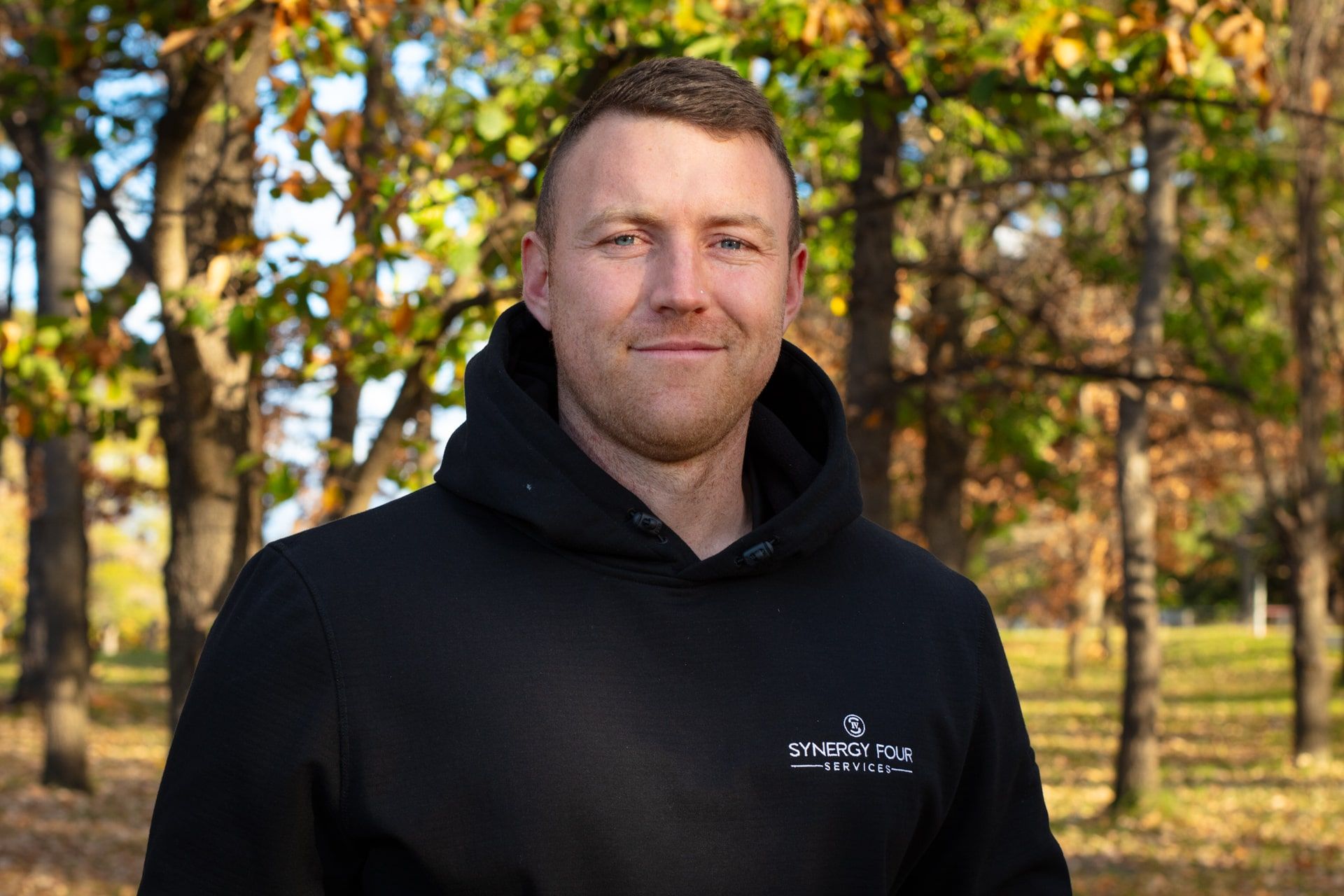
Director of Synergy Four Services
Jason Dean, the founder of Synergy Four Services, has led the company to significant achievements, including winning the Canberra Local Business Award for Most Outstanding New Business in 2021 and Most Outstanding Service and Trade in 2022.
Under his leadership, the company became a finalist in 2023. With a range of certifications, including mould remediation, water damage remediation and fire and smoke damage restoration, and compliance with ISO 9001:2015 quality management standards. Jason ensures Synergy Four Services meets the highest safety and quality standards.
